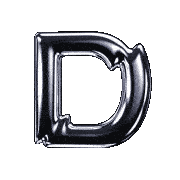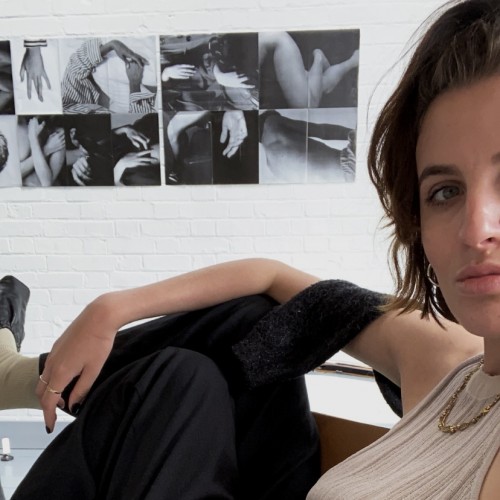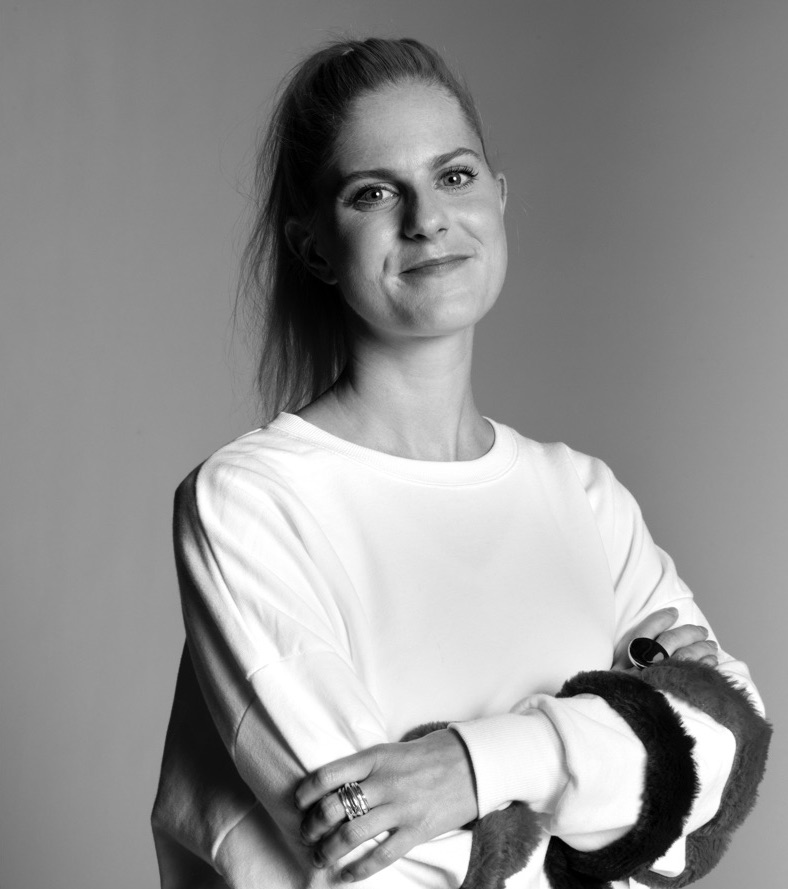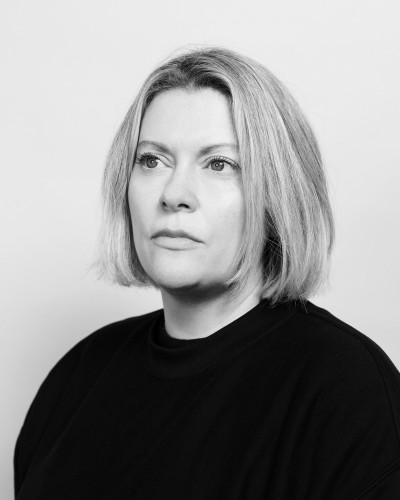Read Time 7 minutes
Collecting photography with Tristan Lund
We are all collectors of photography in one form or another, from the teenagers who line their bedrooms with posters to proud parents who make snapshot albums of their children. Photography is everywhere, we cannot escape it. If any medium could be said to dominate our cultural life it is the photograph in all its various forms. Through social media we communicate our emotions, whereabouts, lifestyle and ambitions with the photograph.

Photography is indisputably a mass medium with an almost unrivalled reach and potency. During the last 30 years it has been increasingly appreciated as a major art form. Initially in the art world, its position was generally one of ambivalence. While recognised as an inestimable system for gathering visual evidence, there was a reluctance to acknowledge that photographs had the potential to equal the finest paintings.
If any medium could be said to dominate our cultural life it is the photograph in all its various forms
This has now changed with all the major auction houses holding regular photography sales and many famous images commanding vast prices. You only have to walk round the big fairs of Paris Photo or Photo London to see what a vibrant and varied market it is. Many photographers who were shooting in the 50s, 60s and 70s have been unexpectedly welcomed by the art market and found a rich vein of sales late in their careers.
To help navigate through this world I thought I would have a chat with someone who is very active in this market, Tristan Lund who is described on his website as an “Art advisor specialising in photography”.
How do describe your job?
There is a question! Photography specialist … adviser and curator mostly for private collections and navigating the market on behalf of collectors as well as bringing curatorial ideas to the table. A lot of what I am supplying really is trust, in a market that is notoriously tricky to make sense of.
A lot of the time collectors come to me wanting specific things and I go and find them and in terms of the market if it’s an older piece of work like a vintage print I do research on value and how to negotiate that purchase. Should we wait for auction or should we just purchase now, always trying to secure the best price.
What are the key points when collecting photography?
Just stick with buying the work that you love…
Don’t worry about investment, things going up or down in value. I don’t really do that with any of my clients as I think they are more interested in just paying a fair price, and not to be ripped off. A very small percentage of art actually goes up in value and it’s tempting to get caught up in that … but the problem is that when the work does go up in value it is normally just a situation of supply and demand and very hard to predict. If you are chasing an investment, then it stifles creativity in what you purchase and the freedom of finding work that you love and want to live with.
Explain the numbering system for limited edition prints …
So ideally if an artist is going to make limited editions, when they release new work, they should say at the time of release how many prints they going to make and in what sizes. It’s in the artist interests to then print only that number of prints. The market looks very unfavourably on artists that print beyond that edition or makes a new size. In terms of numbers there is no norm, but I would say that artists really should make the smallest edition that they are comfortable with doing, otherwise it’s kind of pointless. If you can’t imagine an edition selling out, then there is no point in making it a limited edition. Because then it negates the whole point of it
If you are chasing an investment, then it stifles creativity in what you purchase and the freedom of finding work that you love and want to live with.

What about signatures; should they be on the back or the front?
It does not really matter it can be the front or back and some artists just give a certificate with it, but it does need some kind of authentication.
Is it normally better to buy from the artist direct or through galleries and auctions?
If the photographer is lucky enough to have a gallery then they should direct you to the gallery anyway, as they should be the ones who are protecting the editions and getting the right price for the work. The price should be the same wherever you go …
There can often be good deals at Auctions when you are looking at vintage and older work. For artists who are no longer with us, but their work is in demand, there are deals to be had. For example, Diane Arbus. There are a huge range of prices for that artists work dependent on the image … so there are five to 10 key images of hers that will sell for substantial amounts of money but then its really surprising what you can find of her work, an image that is just not very well know [but still amazing!] at a really good price.
Auctions are great places to look for those types of bargains.
What’s the definition of a vintage print?
Loosely it just means that the print was made within a few years of the negative being shot. The idea being that if you get a print that was made close to the time the image was shot then you are getting a print that best reflects what the artist was intending that image to look like.
The print sales market is relatively new, people like Elliot Erwitt and Cartier Bresson did not have editions in the 1960s and probably most of the 1970s. Their work that is on the market are not editioned but still sell for high prices. Sebastian Selgado has never editioned his prints but his market is still strong.
The main way to think about collecting photography is a print as a physical object rather than photography as a transient image that can be reproduced at any time. So, when you are buying you really want to get an idea as to what the physical object is like as there can be multiple was of reproducing that image. So, think about it as the same way as a painting or sculpture so you will be buying a physical object.
Has there be a purchase that you are most proud/excited about…
It gives me most satisfaction to connect somebody with a living working artist and to unlock the door through an explanation of their work that simply transmits my excitement about that artists work. To get a buyer excited about the work. I get the most satisfaction from selling the works of a living working artist.
The incite project, can you tell us about that?
It’s a private collection of politically, socially motivated photography, photojournalism, and documentary photography but focused on contemporary events and artists. For someone like myself it’s a privilege and a once in a lifetime opportunity to put this collection together.
A lot of those photographers probably would not expect to sell their prints because of the nature of the subject matter…
Yes, a lot of the time we are approaching photojournalists who have never had the time or opportunity to print their work as a collectable object so the whole collections feels very collaborative. A lot of the time we work with the photographer and get the print made. We have also financed several big projects and books. It’s almost like commissioning something that they did not have the inclination or thought to make. The results have been fantastic.
The collection is stored and kept?
Yes, it’s all stored carefully, and we also have an Instagram account where people can see the work. It’s a private collection but we have hope and dream that eventually it be used for a big museum show.
END
subscribe for the latest artist interviews,
historical heronies, or images that made me.
what are you in the mood for?











